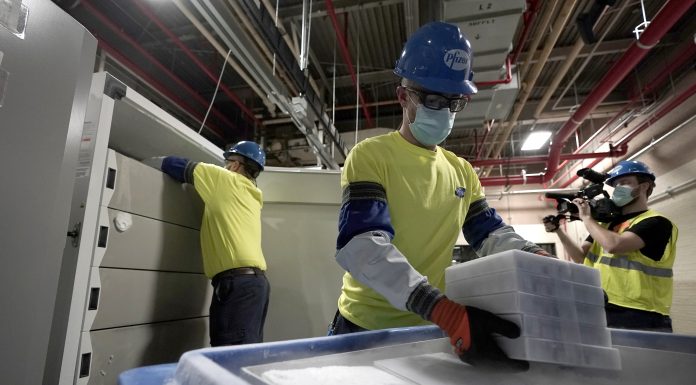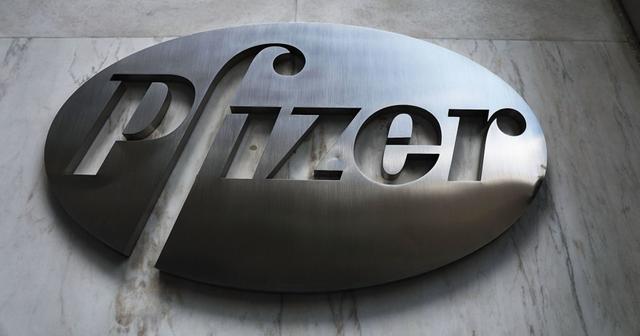

I received two calls, the first from Bob Kadlec, Assistant Director at HHS for Preparedness and Response, and the second from Alex Azar, Secretary of HHS. My first contact with the US government project to fight the pandemic occurred one morning in April 2020, while I was biking empty roads in New Jersey, which was a rare situation I had not experienced since the great financial crisis of 2008. However, the evolution of the pandemic made my retirement plans less viable. Pandemic BeginningĪt the end of 2019, I had just retired from my position as Executive Vice President of Operations for a large global pharmaceutical manufacturer, with plans for easing into advisory or board roles and enjoying more time sailing and biking. But as we reacted, two things happened that made a significant difference in the course of this pandemic as compared to those that preceded it: the scientific community came together to fight this threat through science and innovation, and governments around the world mobilized to support it. We had to resort to these instruments because we were reacting late we had no proactive plan in place.

Much is being written on the implications of these measures, and some of the other financial measures implemented at the time.
#Operation warp speed pfizer full
From outright denial and minimization to full deployment of the containment measures used over past centuries, lockdowns were rolled out in many places with dramatic consequences for the economy and the welfare of large swaths of the global population. Governments and non-governmental organizations had reacted, made vows to never again be caught unprepared, and then failed to follow up with resources and plans to ensure it would not happen again.Ĭountries around the world reacted differently to the appearance of COVID-19. Other viral threats had emerged in the past, and somehow faded away. When the pandemic surged into global awareness at the beginning of 2020, it was not unexpected, yet the world was utterly unprepared for it. Nothing unites humans like a common enemy, the saying goes. By the end of Q1 2021, a third vaccine had received EUA, and over 200 million doses had already been delivered for administration, a timeline never before achieved in history. Within hours after notification from the FDA, the distribution and administration of the vaccines began. Between November and December 2020, two vaccines and two antibody treatments received Emergency Use Authorization (EUA) from the US Food and Drug Administration (FDA). Starting in May 2020, teams from the US Department of Health and Human Services (HHS) and the US Department of Defense (DoD) acted as enablers, using the resources of the US government to accelerate development as well as creation and mobilization of the capacity to manufacture at scale.


 0 kommentar(er)
0 kommentar(er)
